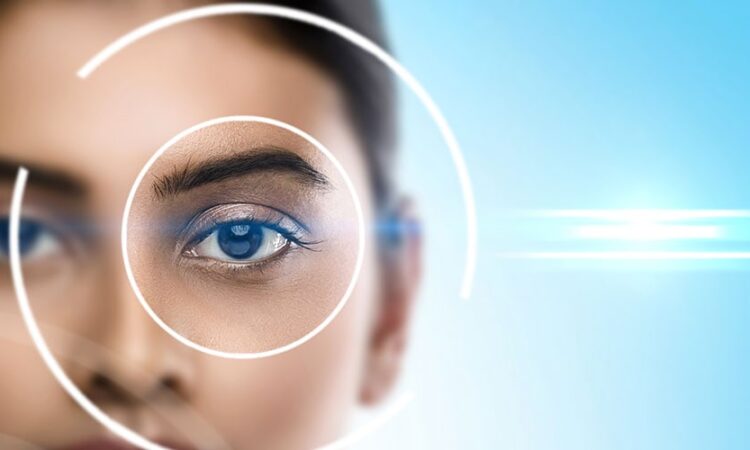
Although it represents an extraordinarily complex optical system, the human eye can exhibit several visual imperfections known as aberrations. These aberrations consist of changes in the path of light rays passing through the eye, resulting in a lack of focus on the retina.
In kraff eye institute for example tell tells those abnormalities such as myopia, astigmatism, and hypermetropia are, therefore, visual aberrations, paradoxically called low-degree aberrations.
There are also aberrations of a high degree, which can be associated with the first or exist in an isolated way. An eye with a visual acuity of 10/10 may thus have optical aberrations whose practical consequences may go unnoticed or be expressed, for example, in the form of a loss of contrast, greater sensitivity to light, or less resistance to glare.
There is a risk of inducing or increasing optical aberrations in any refractive laser surgery, whether a Lasik-type laser, cross-linking, a surface laser, or a treatment using only a laser femtosecond. This is how a mode of treatment, called aberrometry or personalized, has developed over many years, which is supposed to surgically correct pre-existing optical aberrations, which led to the concept of “super-vision” aimed at obtaining visual acuity after surgery, reaching 15/10 or even 20/10! In reality, such acuity levels are sometimes observed after Lasik, but these aberrometry treatments make it possible to limit or avoid the induction of additional aberrations. They are used in both myopia surgery and presbyopia surgery.
These treatments are not necessary in all cases but concern several situations:
– Preoperative presence of an already high level of optical aberrations.
– Patients with large pupils, as the risk of inducing optical aberrations increases with pupil size.
– Existence of astigmatism because aberrometry treatments use iris recognition, guaranteeing precision. One can, in fact, today use iris recognition without making aberrometric treatment, but it was not the case initially, making astigmatism one of the principal indications of this mode of treatment.
In addition to its precision in the situations above, the aberrometry treatment has another advantage: it makes impossible the error of programming of the correction as well as the error of eye or patient. The correction is not programmed manually but by the aberrometer, which transmits it directly to the computer. In addition, iris recognition will only be possible if the eye to be operated on is correct since it has a specificity as high as that of fingerprints.




